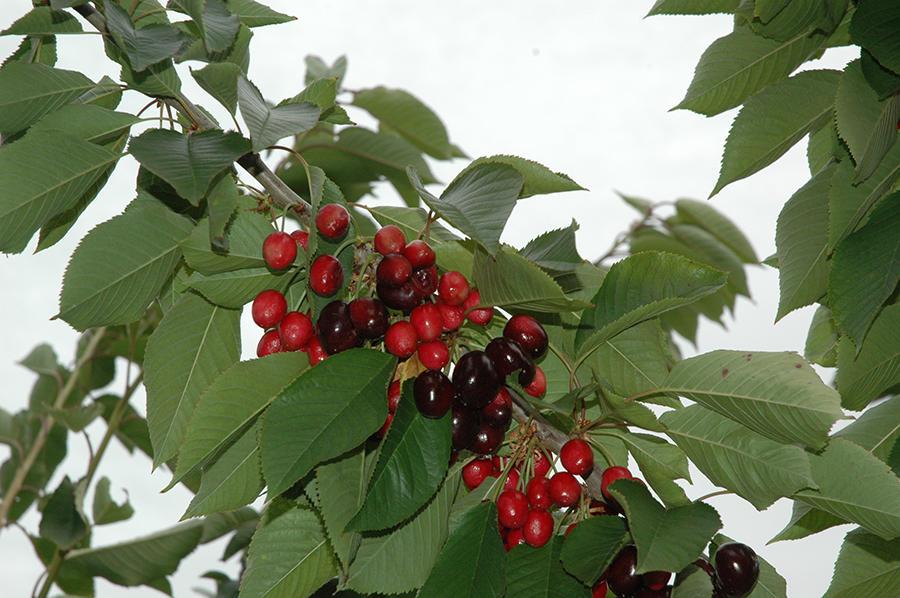Under natural conditions, the cherry tree can grow up to 30 metres in height. However, in order to increase yields per hectare, it was necessary to graft the best varieties onto rootstocks capable of reducing vegetative growth, thereby favouring production. This is why dwarfing and semi-dwarfing rootstocks are widely used nowadays in cherry orchards around the world, as well as new breeding systems devised in the last 50 to 60 years.
Most of the cherry cultivation in Turkey is conducted with traditional systems and semi-vigorous and vigorous rootstocks. With a view to continuous improvement of production performance, new breeding systems are currently being tested in this country.
The objective of the research conducted at the Ondokuz Mayis University (Turkey) was to compare the performance of the cultivar ‘0900 Ziraat’ on two different rootstocks in terms of phenological characteristics, fruit quality, yield, harvest and pruning times, modelled with the SSA training system.
The research was conducted in the experimental orchard of the Agricultural Application Centre of the Faculty of Agriculture of Ondokuz Mayıs University, in the Bafra district of Samsun, Turkey, in the years 2021 and 2022. In the experiment, the cultivar ‘0900 Ziraat’ was grafted onto Maxma14 (more vigorous) and Gisela 6 (more dwarfing) rootstocks using the Super Slender Axe (SSA) breeding system.
During the experiment, phenological observations such as fruit weight (g), fruit width (mm), soluble solids content (SSC, %), fruit firmness (kg.cm-²), yield per tree (kg.tree-¹) and yield per unit area, fruit colour, tree height (m), harvest time (min.kg-¹) and pruning time (min) were determined. The study revealed that trees grafted onto the Gisela 6 rootstock were more productive, producing larger fruit than those on the Maxma 14 rootstock.
The plants grafted onto Gisela 6 also showed earlier fruiting. The research showed that the harvest and pruning periods of the trees on Gisela 6 rootstock were shorter than those on Maxma 14, due to the lower development of the aerial part. The SSA system showed superior performance on semi-dwarfing rootstocks (Gisela 6), as indicated by the results of the study.
In the SSA system used in the experiment, the fruiting portions are regenerated annually by top pruning during the rest period. In general, the cutting and setting processes of this training system are simpler than those of other systems (UFO, KGB, TSA). Nevertheless, this system can be used on semi-vigorous plants, such as Maxma 14.
Angle widening procedures, such as bending and twisting, are required to widen the angles of the shoots on the side branches when the plant is established on rootstocks. In addition, the SSA system requires additional scaffolding during harvesting and pruning as it produces larger trees on semi-vigorous rootstocks. In this case, production costs increase, and additional labour and time are required.
In conclusion, however, the present study demonstrated the effectiveness of the SSA system on Gisela 6, a semi-dwarfing rootstock, both in terms of fruit quality and pruning and harvesting efficiency.
Source: Soysal, D. (2024). Super Slender Axe (SSA) Terbiye Sisteminin M × M 14 ve Gisela 6 Anaçları Üzerindeki Performansı. Bahçe, 53(1), 21-26. https://doi.org/10.53471/bahce.1442354.
Image: SL Fruit Service
Melissa Venturi
University of Bologna (IT)
Cherry Times - All rights reserved












